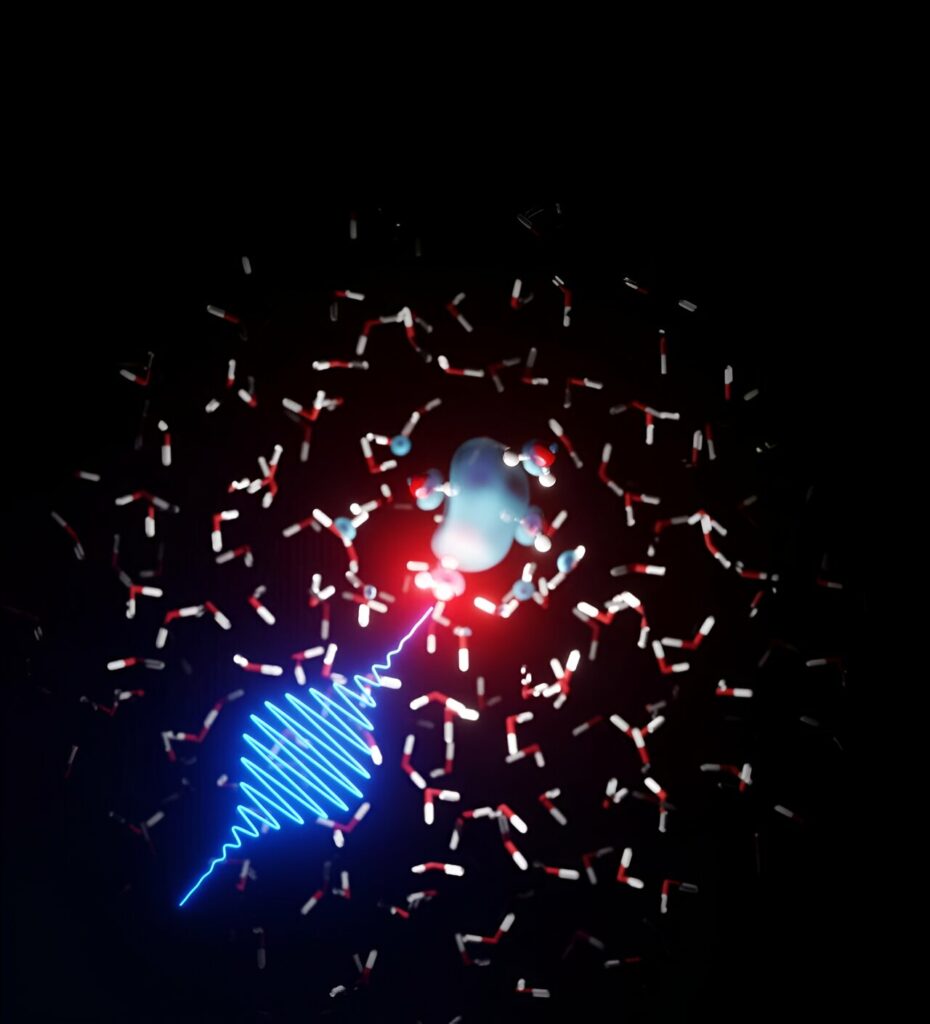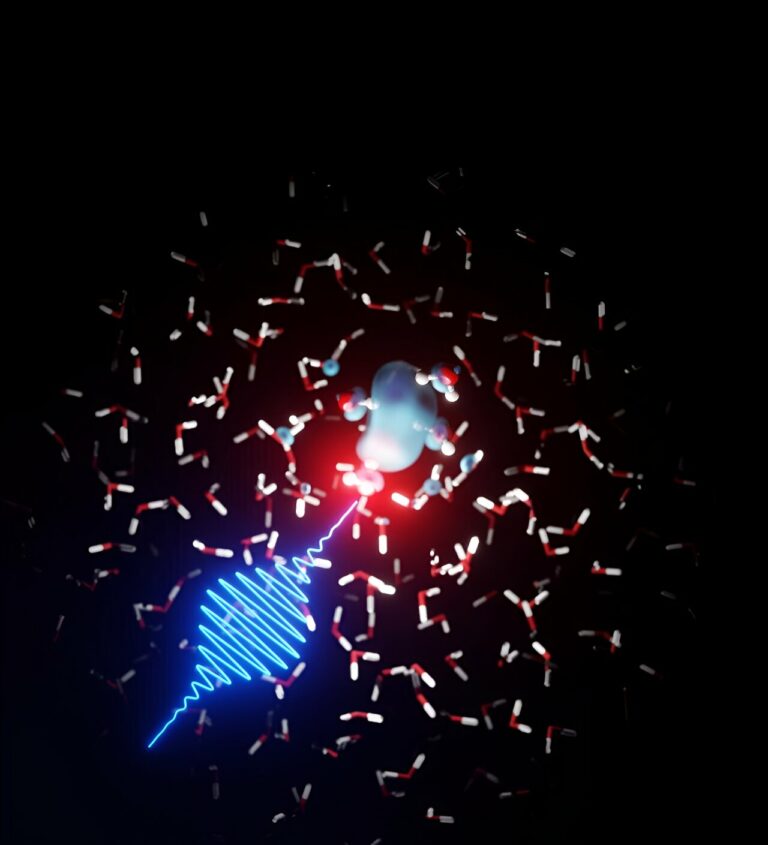Researchers Reveal a Novel Model for Radiation Effects in Water Systems
The impact of radiation on water is a question that holds significance, especially when considering medical X-rays, as our bodies are predominantly composed of water. To shed light on this matter, a group of theoretical physicists from DESY analyzed data collected by their colleagues at the Argonne National Laboratory in the United States, using the LCLS X-ray laser in California. Their aim was to provide a more comprehensive answer to this question.
Their research has potentially resolved a long-standing debate in physics regarding the existence and behavior of free electrons in water at extremely short time intervals. These electrons, which are not bound to atoms, were discovered to gather in bubble-like structures between individual water molecules. This significant finding has been documented in the Journal of the American Chemical Society.
When water comes into contact with radiation, free electrons are released from the water molecules as a result of ionization caused by the radiation. The manner in which these electrons move between water molecules in such circumstances has been a subject of discussion for quite some time.
During their experiments at the SLAC National Accelerator Laboratory’s LCLS, the team of researchers, led by Linda Young from Argonne, observed peculiar characteristics associated with water molecules that were excited by lasers and imaged using the X-ray laser. By utilizing X-ray absorption spectroscopy, they identified structures within the molecules. To gain a deeper understanding of the implications of these findings, the experimental team sought the expertise of theoretical physicists in Hamburg.

DESY scientist Ludger Inhester, along with his team, conducted an examination of the data and collaborated with the experimental team to develop models based on the findings. Their research reveals that free electrons in water form bubble structures that are then enclosed by water molecules, similar to the solvation of chemicals at the molecular level. The DESY team specifically elucidated the process and parameters involved in the solvation of electrons in water.
According to the study’s first author, Arturo Sopena, the dissolution process and the formation of cage structures are highly sensitive to temperature changes in water.
The new insights into the solvation process demonstrate that initially, the electron is dispersed among the water molecules, but it eventually attaches to specific hydrogen bonding patterns within the liquid water. Subsequently, it penetrates into a confined region within the water structure.
This penetration, accompanied by the reorientation of neighboring water molecules, occurs rapidly and is completed within 100 femtoseconds, where a femtosecond is equivalent to one quadrillionth of a second. The bubble, measuring approximately 50 billionths of a meter in width, dissociates within several picoseconds, or one trillionth of a second.
Inhester emphasizes the importance of understanding how water reacts to radiation, as it plays a crucial role in determining subsequent radiation chemistry and its impact on biological materials. The recent study, conducted as part of the Cluster of Excellence CUI: Advanced Imaging of Matter at Universität Hamburg, has shed more light on the behavior of radiation damage in water caused by ionizing radiation. These new findings contribute to the ongoing research on water and its relevance, which will be further enhanced through the establishment of the Center for Molecular Water Science in collaboration with DESY on an international level.
This article is republished from PhysORG under a Creative Commons license. Read the original article.
Do not forget to share your opinion with us to provide you with the best posts !




0 Comments